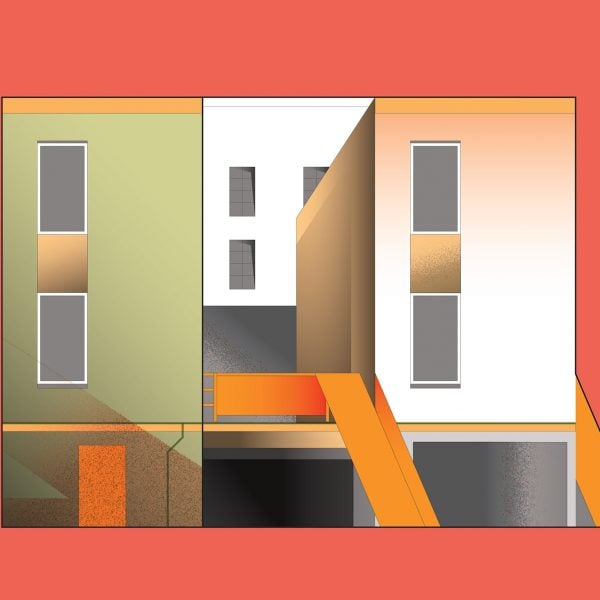Next up in our 21st-Century Architecture: 25 Years 25 Buildings series we consider the legacy of Elemental‘s Quinta Monroy housing, which turned a relatively little-known Chilean architect into one of the profession’s biggest stars.
A social housing scheme on a half-hectare site in a small city in northern Chile, Quinta Monroy was an unlikely contender for the most celebrated architecture project of the early 21st century.
But after its completion in 2004, the development of 93 homes in Iquique gained global attention for its unusual approach, which saw dwellings handed over to residents literally half built.
“The assumption behind Quinta Monroy is logical if radical: when a site and budget offer real and extreme constraints, extreme design solutions need to be considered in order to ultimately service the interest of the occupants,” wrote architecture theorist Dana Cuff in her 2023 book Architectures of Spatial Justice.
Quinta Monroy was the first built project from Elemental, a social-impact architecture “do tank” funded by the Pontificia Universidad Católica de Chile and oil company COPEC, and led by director Alejandro Aravena.
Elemental was appointed to the project by the Chilean government, which itself had been approached by residents who had been living in informal self-built housing on the site for many years but were now facing eviction following the death of the previous landowner.
“At the time, social housing was the least cool thing to do,” Aravena later told Dezeen in an interview. “I didn’t know what a subsidy was.”
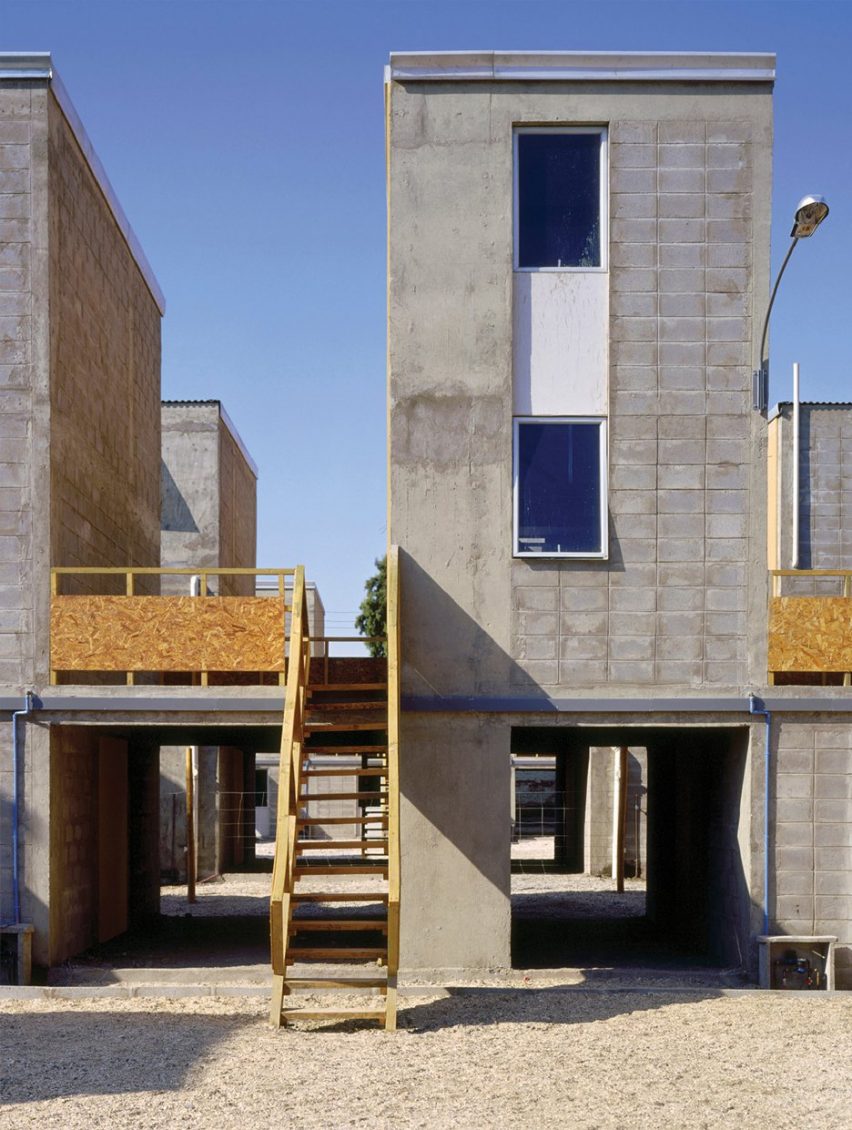
Most of the social housing built in Chile in the early 2000s – some 100,000 homes per year – were poky units in undesirable locations, which was all that could be delivered with the $10,000-per-dwelling government subsidy available.
In Aravena’s words, the homes often looked “more like cars than houses”, providing a roof over people’s heads, but not providing them with a route out of poverty.
Knowing that residents were desperate not to leave their central location, Elemental decided on a different approach at Quinta Monroy.
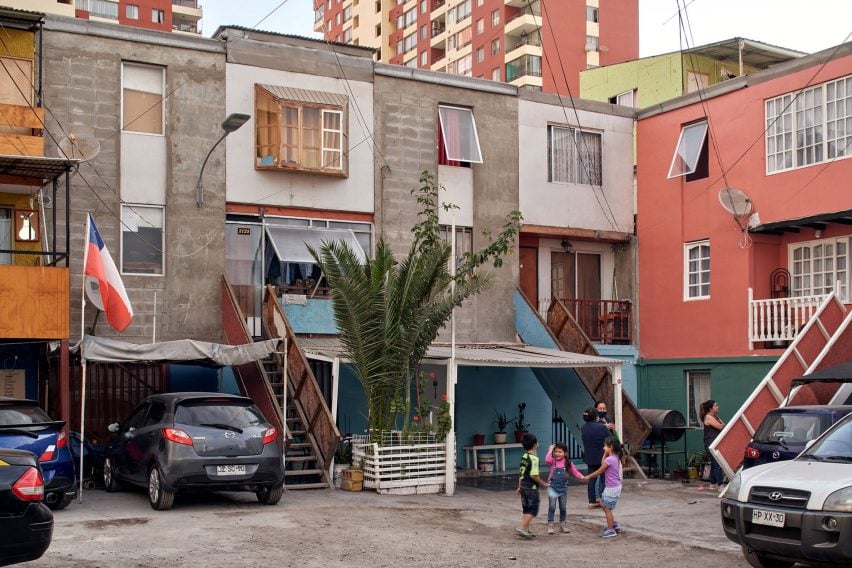
Working with an even smaller-than-usual budget of $7,500-per-home leftover after purchasing the expensive land, the studio sought to harness the residents’ proven inclination to self-build.
Using mass-production construction techniques to keep costs down, it created 13 three-storey blocks arranged around four courtyards in the style of traditional row houses.
It was a beautiful idea successfully realised Rowan Moore in The Observer
Each home was a generous size, but provided only a basic concrete structure and the bare essentials: a kitchen, a bathroom, some partition walls and an internal timber staircase.
And, crucially, each was incomplete – accompanied by a gaping hole matching the size of the built structure.
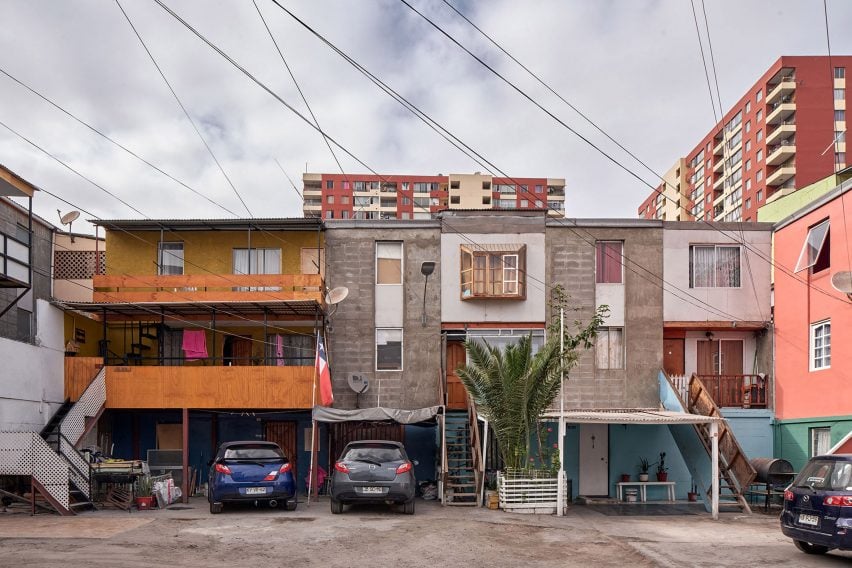
These empty spaces were designed to be easy and cheap for residents to fill in themselves according to their needs, as and when they could afford to.
Central to the project was the idea that residents should have the opportunity to increase the worth of their homes over time as a means of enabling social mobility – unlike in most Chilean social housing, which tends to rapidly lose value.
In material form, the housing demonstrates how it should grow and change Dana Cuff
Elemental called it the “half a good house” approach, or “incremental” housing.
“The project assumes that residents themselves are part of the housing provision equation by designing units that reflect their requirements and encourage their future interventions,” wrote Cuff.
“In material form, the housing demonstrates how it should grow and change.”
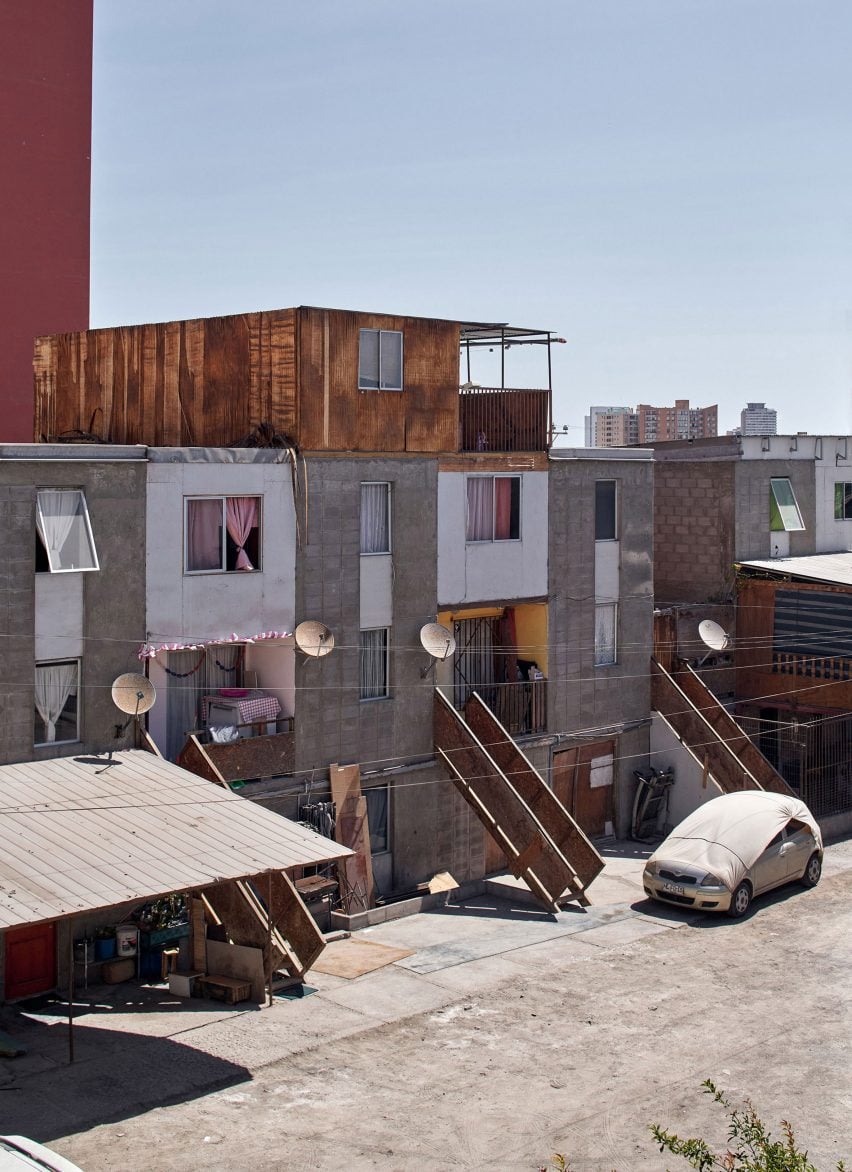
The residents obliged, and in only a short space of time, the voids had been filled with a colourful mishmash of structures. Aravena claimed the homes tripled in value in only a year.
“It was a beautiful idea successfully realised and became celebrated around the world,” wrote The Observer’s architecture critic Rowan Moore.
While there was some debate over just how radical Quinta Monroy really was, there is no doubt that the project was a crucial factor in Aravena’s surprise Pritzker Architecture Prize win in 2016.
The prize jury, which included British architect Richard Rogers, said Aravena’s approach to housing “gives the profession of architect a new dimension, which is necessary to respond to present demands and meet future challenges of the field”.
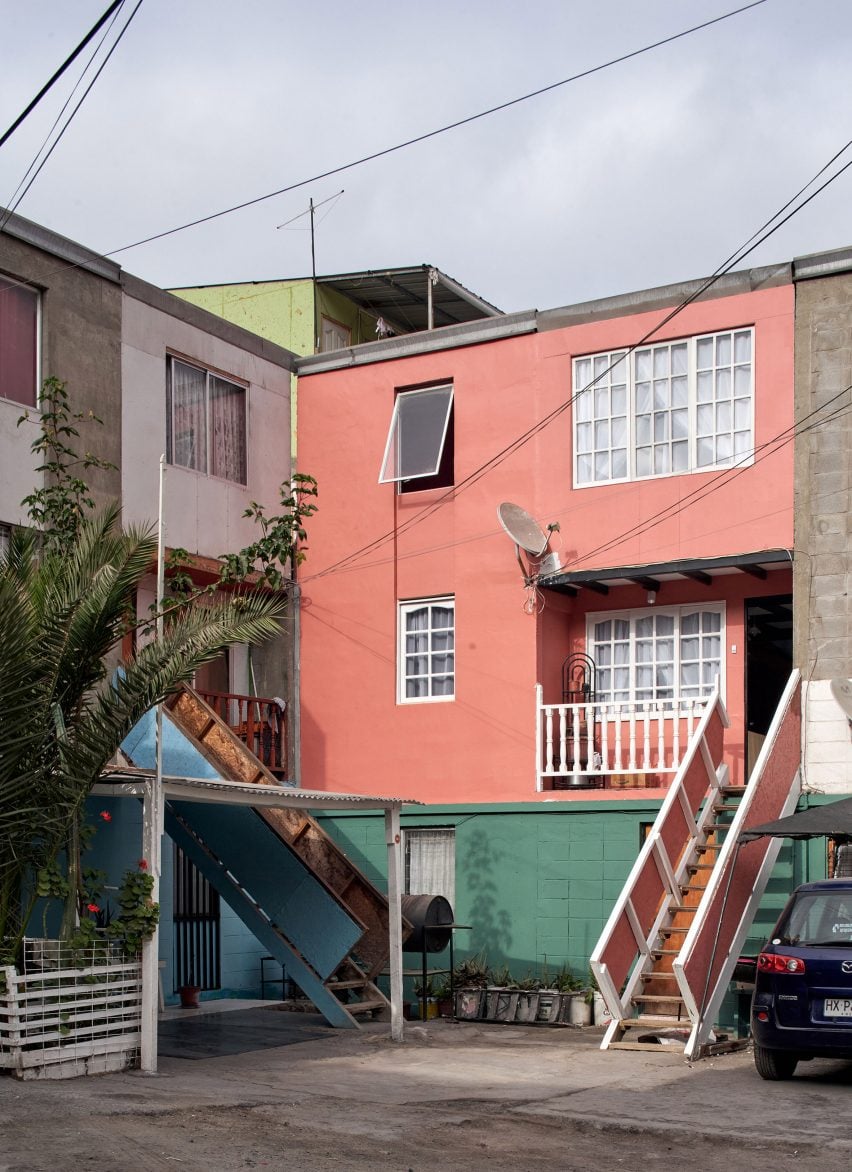
It was a significant moment, in that it signalled more clearly than ever before one of the most important architecture trends of the last 25 years – a renewed interest in buildings whose main concern is their social impact.
In this, Aravena sits alongside Shigeru Ban and Diébédo Francis Kéré, Pritzker winners in 2014 and 2022 respectively.
“Alejandro Aravena epitomises the revival of a more socially engaged architect, especially in his long-term commitment to tackling the global housing crisis and fighting for a better urban environment for all,” as the Pritzker jury put it.
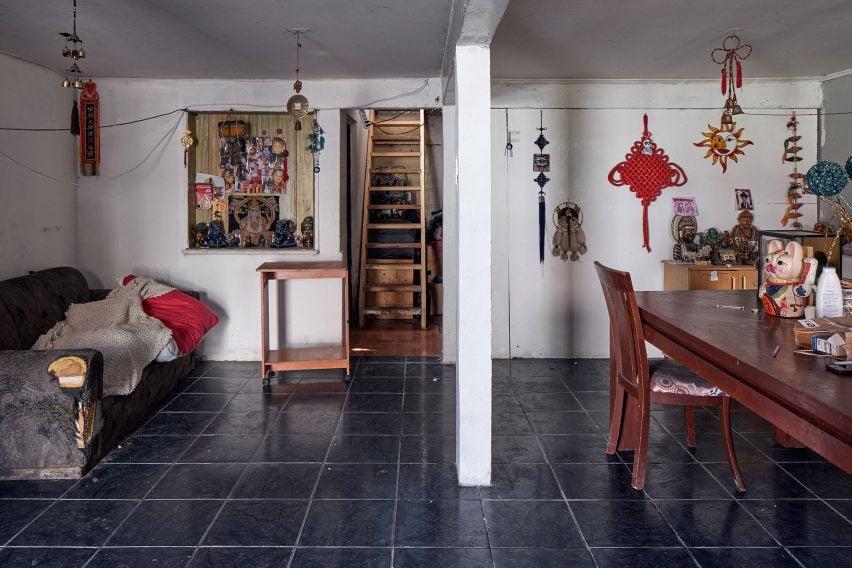
Becoming a laureate of architecture’s most prestigious honour, coupled with his curatorship of the Venice Architecture Biennale in the same year, embedded Aravena firmly within the starchitect constellation.
By that time more than 2,500 of Elemental’s half-houses had been completed in various forms, most notably at the Monterrey Housing project in Mexico in 2010 and in the Chilean town of Constitución in 2013.
After the Pritzker press conference, Aravena announced that the drawings for four of its incremental housing schemes would be open-sourced, in a bid to help alleviate the global affordable housing shortage.
Therein lies another key aspect of Aravena and Quinta Monroy’s significance. In raising concerns about the escalating housing and refugee crises now gripping the world, he was well ahead of the curve compared to many of his peers.
Nevertheless, Aravena has expressed despondence that the incremental housing model has not been more widely adopted.
“It’s still a failure,” he told Moore. “The mainstream has not been affected. Why not? We ask ourselves these questions every day.”
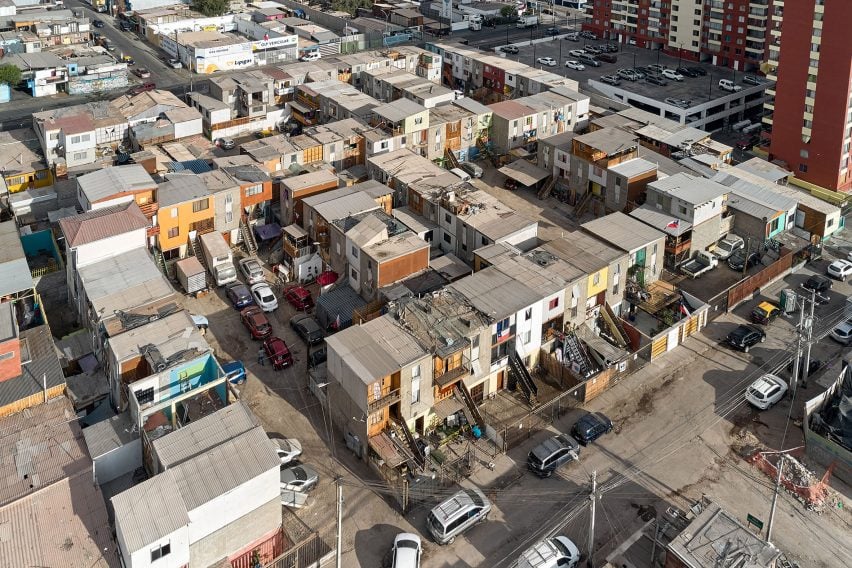
Questions have also been raised about the outcomes at Quinta Monroy.
A research paper published in 2020 by academics at the universities of Melbourne and Newcastle in Australia explored how the self-build element was working in practice 15 years on.
It found evidence that building by some residents – in some cases in order to sub-let – was leading to conflict between neighbours, windowless rooms in ground-floor apartments and encroaching on shared communal spaces.
While agreeing that Quinta Monroy “represents a major achievement”, it warned that the site could return to “the same living conditions as existed before redevelopment”, and criticised Elemental for its lack of a plan to govern resident-led infills post-construction.
In any case, by propelling Elemental and Aravena to such global recognition, Quinta Monroy changed the rulebook in more ways than one.
As we enter the second quarter of the 21st century, designing visually enthralling buildings is no longer the priority when it comes to achieving architectural acclaim.
Did we get it right? Was Quinta Monroy by Elemental the most significant building completed in 2004? Let us know in the comments. We will be running a poll once all 25 buildings are revealed to determine the most significant building of the 21st century so far.
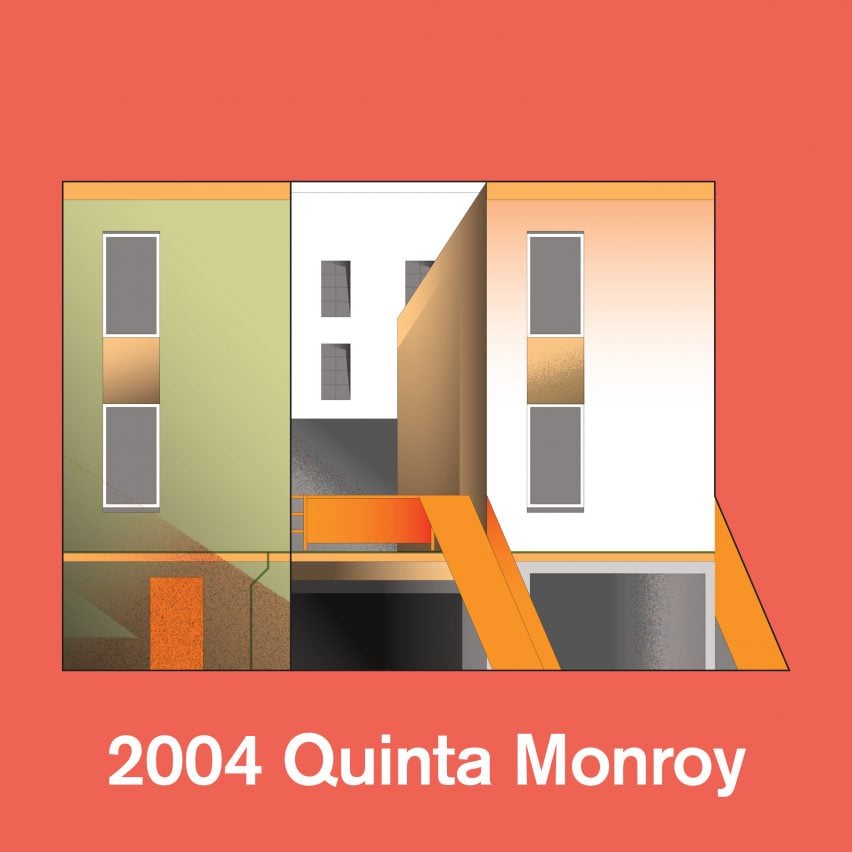
This article is part of Dezeen’s 21st-Century Architecture: 25 Years 25 Buildings series, which looks at the most significant architecture of the 21st century so far. For the series, we have selected the most influential building from each of the first 25 years of the century.
The illustration is by Jack Bedford and photography is by Cristóbal Palma unless otherwise stated.
21st Century Architecture: 25 Years 25 Buildings
2000: Tate Modern by Herzog & de Meuron
2001: Gando School by Diébédo Francis Kéré
2002: Bergisel Ski Jump by Zaha Hadid
2003: Walt Disney Concert Hall by Frank Gehry
2004: Quinta Monroy by Elemental
This list will be updated as the series progresses.

